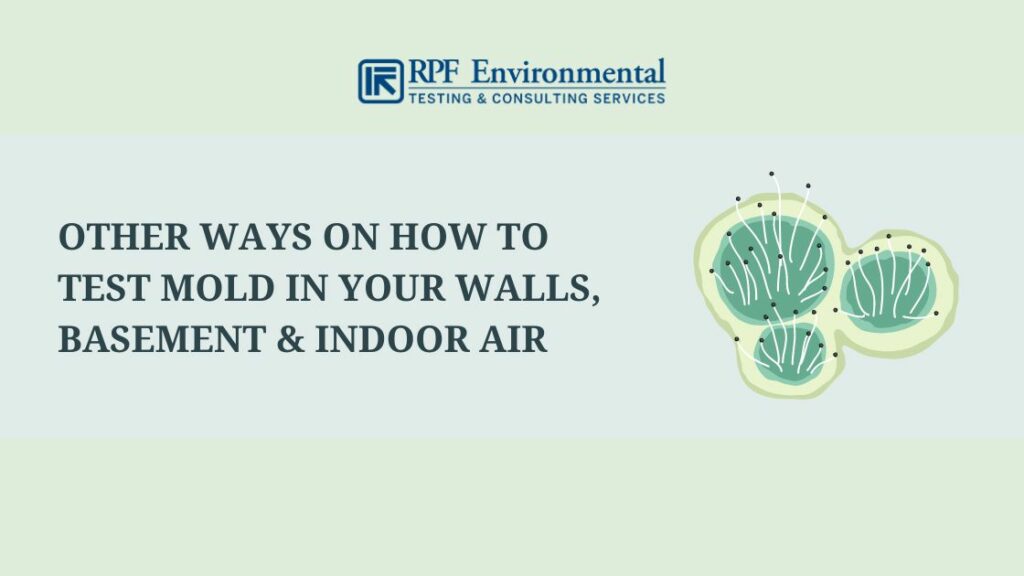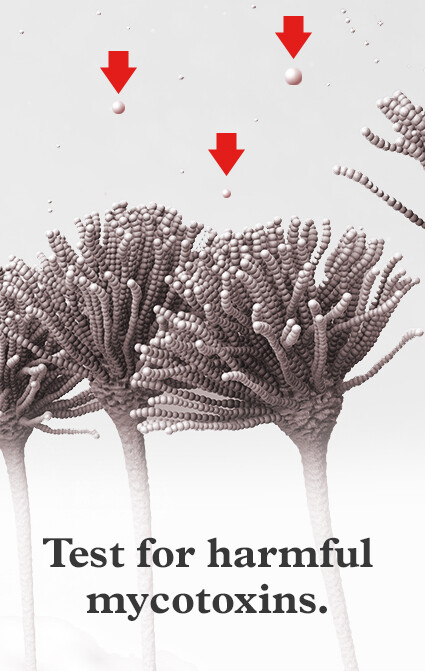Just How Mycotoxin Screening Assists Stop Contamination and Safeguard Food Products

Mycotoxin screening is an important technique in the food industry, offering as a frontline protection against contamination by harmful toxic substances produced by molds. Through the application of innovative techniques like High-Performance Liquid Chromatography (HPLC) and Liquid Chromatography-Mass Spectrometry (LC-MS), food producers can accurately identify and evaluate mycotoxin degrees in farming items. This positive method not only makes certain conformity with stringent safety and security guidelines but also reduces wellness threats to consumers. Routine screening strengthens brand name online reputation and financial health and wellness by reducing contamination-related incidents. So, exactly how precisely do these screening protocols integrate right into the broader food security strategy?
Understanding Mycotoxins
Comprehending mycotoxins starts with recognizing that they are poisonous secondary metabolites produced by specific molds, which can contaminate agricultural items. These metabolites are not crucial for the development or reproduction of the fungis yet can have serious effects for animal and human health. Mycotoxins are generally found in staple plants such as corn, wheat, barley, and nuts, where they can proliferate under details problems of dampness and temperature.
There are numerous kinds of mycotoxins, each generated by different fungal varieties. Aflatoxins, generated by Aspergillus species, are amongst one of the most notorious, understood for their cancer causing residential properties. One more substantial group consists of ochratoxins, created by Aspergillus and Penicillium types, which have nephrotoxic impacts. Fusarium species create fumonisins and trichothecenes, both of which are related to different acute and persistent wellness problems.

Threats of Mycotoxin Contamination
The threats of mycotoxin contamination are diverse, posing substantial dangers to both food safety and public health and wellness. Mycotoxins, poisonous substances created by particular kinds of fungis, can infect a large range of agricultural items including grains, nuts, spices, dried out fruits, and coffee. Once these toxins infiltrate the food supply, they can cause severe wellness concerns such as liver damage, kidney failure, and even cancer. At risk populaces, consisting of youngsters, the elderly, and immunocompromised individuals, are specifically in jeopardy.
Financial influences are one more major concern. Polluted crops can lead to considerable economic losses for farmers and food producers due to lowered yields and the demand for pricey decontamination actions. International profession can be dramatically hindered as countries enforce strict mycotoxin guidelines to shield their populaces, leading to declined deliveries and stretched trade relations.
Ecological variables such as environment adjustment intensify the danger of mycotoxin contamination. Variants in temperature level and humidity can create beneficial conditions for fungal development, enhancing the likelihood of contamination events. Hence, understanding and alleviating these risks are crucial for ensuring the safety and security and honesty of international food products.
Approaches of Mycotoxin Checking
Accurately recognizing mycotoxin contamination in farming items is vital for safeguarding public health and maintaining food security requirements. Various techniques are employed to find and quantify mycotoxins, each offering details advantages and restrictions.
High-Performance Liquid Chromatography (HPLC) is an extensively used method as a result of its high sensitivity and accuracy. It involves separating mycotoxins from various other materials in a sample, enabling accurate quantification. Fluid Chromatography-Mass Spectrometry (LC-MS) incorporates liquid chromatography with mass spectrometry to provide thorough molecular details, making it particularly beneficial for determining multiple mycotoxins at the same time.

Gas Chromatography-Mass Spectrometry (GC-MS) and Thin-Layer Chromatography (TENDER LOVING CARE) are likewise utilized, each with special applications. GC-MS is reliable for unstable mycotoxins, while tender loving care uses a less complex, affordable alternative for initial testing.
Benefits of Routine Checking
Normal screening for mycotoxins go in agricultural products supplies many benefits, considerably adding to public health and food security. By identifying contamination early, routine screening assists protect against the distribution of poisonous foods, thereby lowering the danger of mycotoxin-related illnesses amongst customers. This aggressive approach not only safeguards human health however additionally boosts the overall high quality of food supplies.
Regular screening likewise sustains regulative compliance. Different nations and regions have actually developed strict restrictions for mycotoxin levels in food and feed. Complying with these limits with normal testing guarantees that vendors and producers fulfill lawful standards, consequently preventing fines and trade barriers. Maintaining conformity promotes consumer trust and brand track record, which are crucial for market success.
Additionally, regular mycotoxin testing can result in substantial financial advantages. Early detection of contamination enables timely intervention, minimizing possible losses from widespread contamination. Executing routine testing procedures can additionally decrease recall costs and related liabilities, which can be financially ravaging.
Moreover, routine screening supplies useful information that can notify better farming techniques and storage space problems. By recognizing patterns of contamination, manufacturers can embrace preventative procedures, therefore contributing and decreasing future risks to the sustainability of the food supply chain.
Executing Evaluating Protocols
Applying efficient mycotoxin screening methods is vital for guaranteeing the safety and top quality of agricultural products. Each stage should be looked at to identify where mycotoxin contamination is most likely to happen.
Once essential control points are identified, choosing appropriate screening methods is crucial. Common strategies include enzyme-linked immunosorbent assay (ELISA), high-performance fluid chromatography (HPLC), and mass spectrometry (MS) Each method has its toughness and weaknesses; therefore, choosing the right one depends on the certain mycotoxin being tested, the needed level of sensitivity, and offered sources.

Last but not least, integrating the screening procedures into a comprehensive food safety and security administration system is advisable. This boosts traceability and allows speedy restorative actions when contamination is found, thus safeguarding the stability of the food supply chain.
Conclusion
Mycotoxin screening is crucial in avoiding contamination and securing food products by making it possible for very early detection of damaging toxic substances generated by mold and mildews in farming items. Routine screening boosts brand name online reputation, financial stability, and trust in food safety by reducing contamination-related losses and preserving high requirements in food production.
Mycotoxin testing is a crucial technique in the food sector, offering as a frontline protection versus contamination by dangerous contaminants generated by mold and mildews. An incorporated technique including agricultural practices, storage try this monitoring, and normal screening can alleviate the dangers connected with mycotoxin contamination, guaranteeing food safety and public health.
The threats of mycotoxin contamination are complex, presenting considerable risks to both food safety and public wellness.Normal testing for mycotoxins in agricultural products offers countless advantages, substantially contributing to public health and food safety and security.Mycotoxin testing is important in preventing contamination and look at this site safeguarding food products by allowing early discovery of damaging toxins generated by molds in agricultural items.